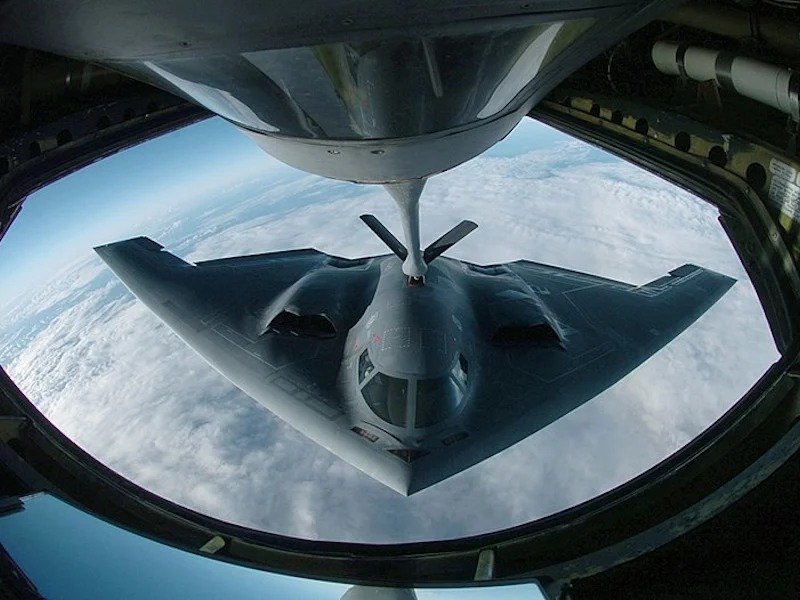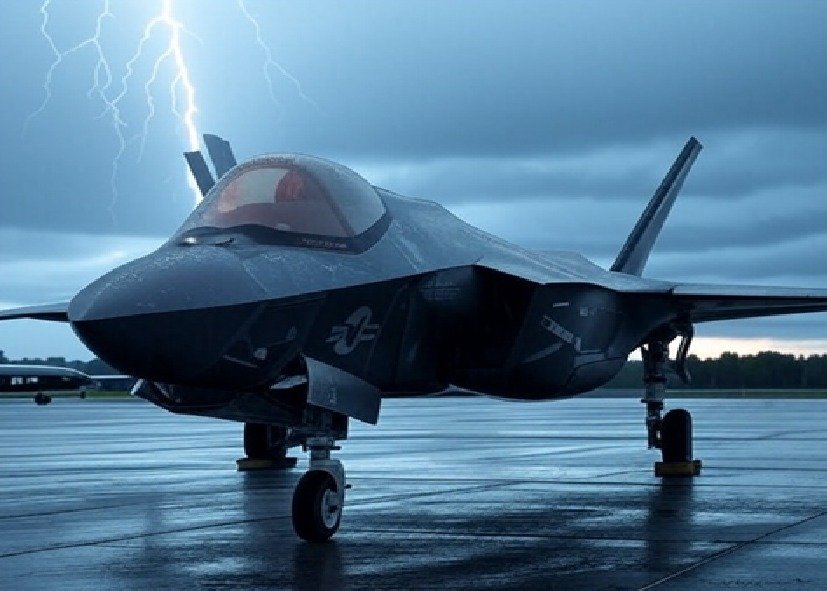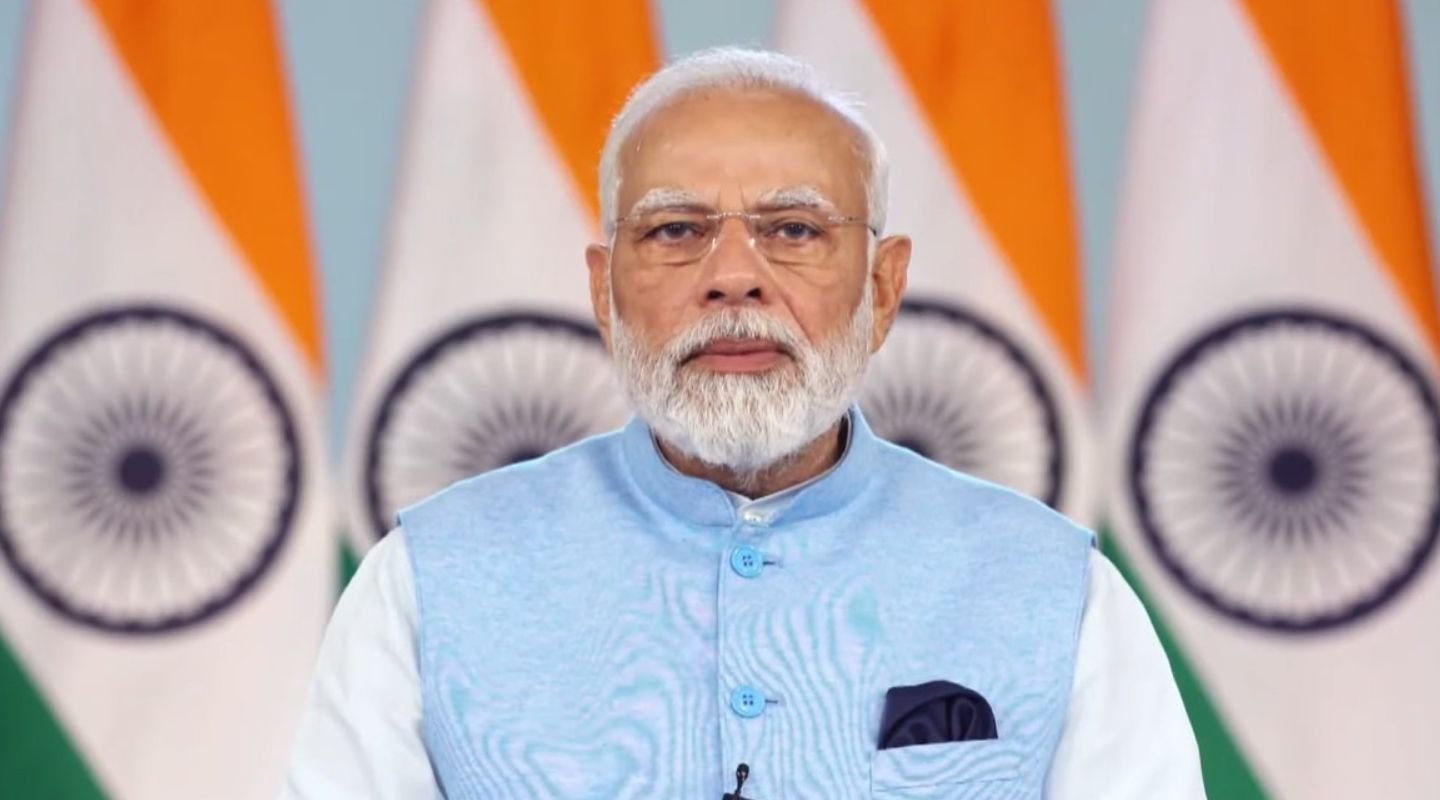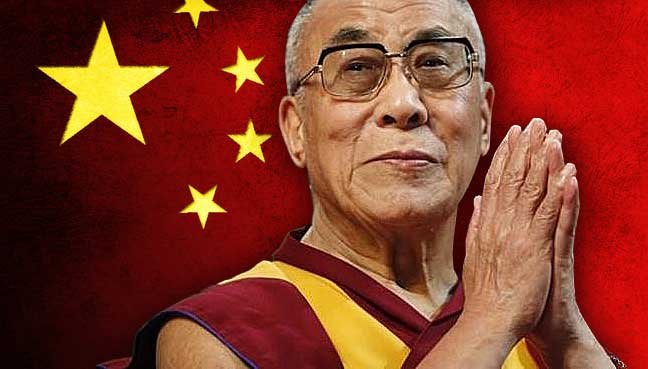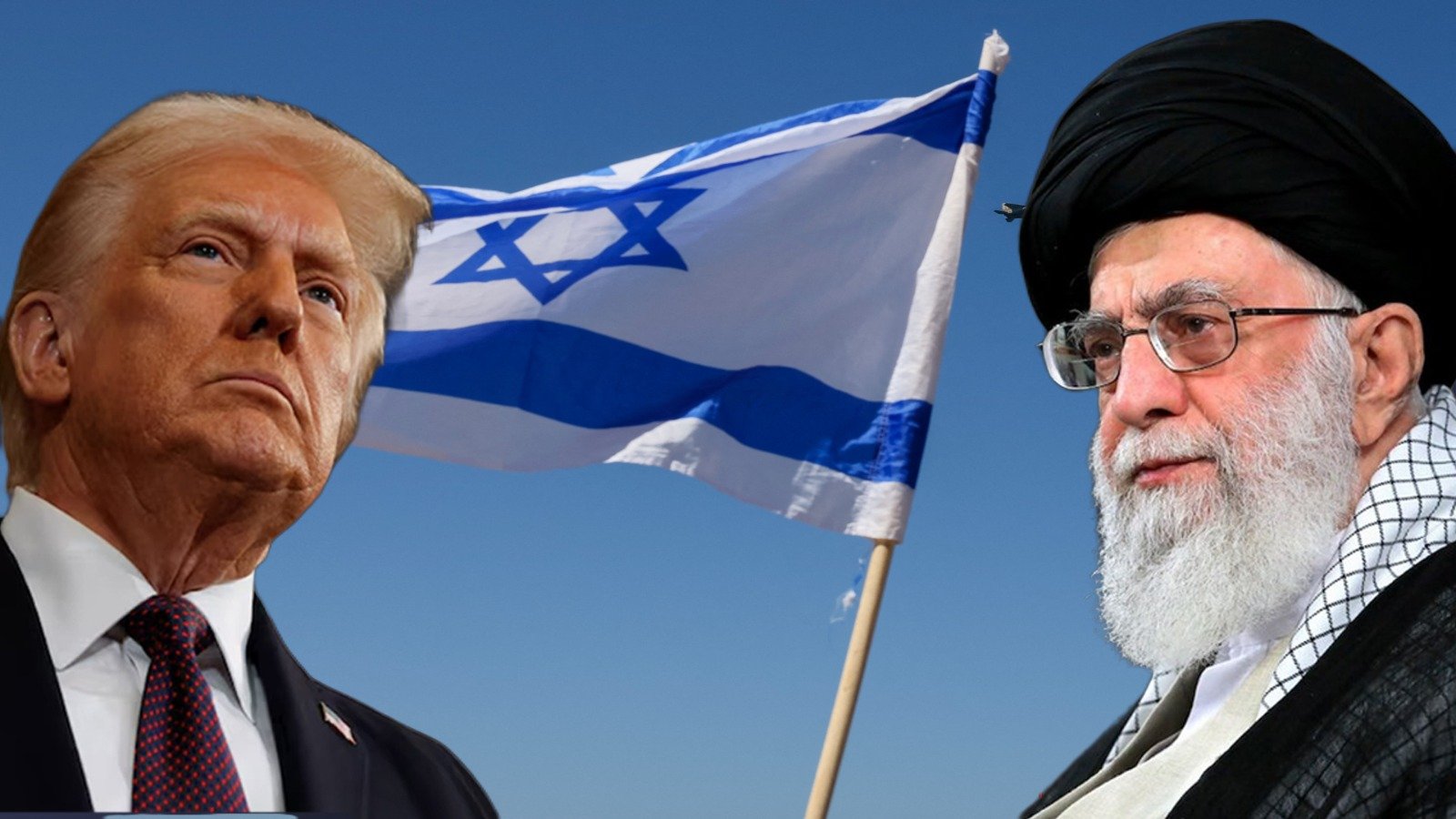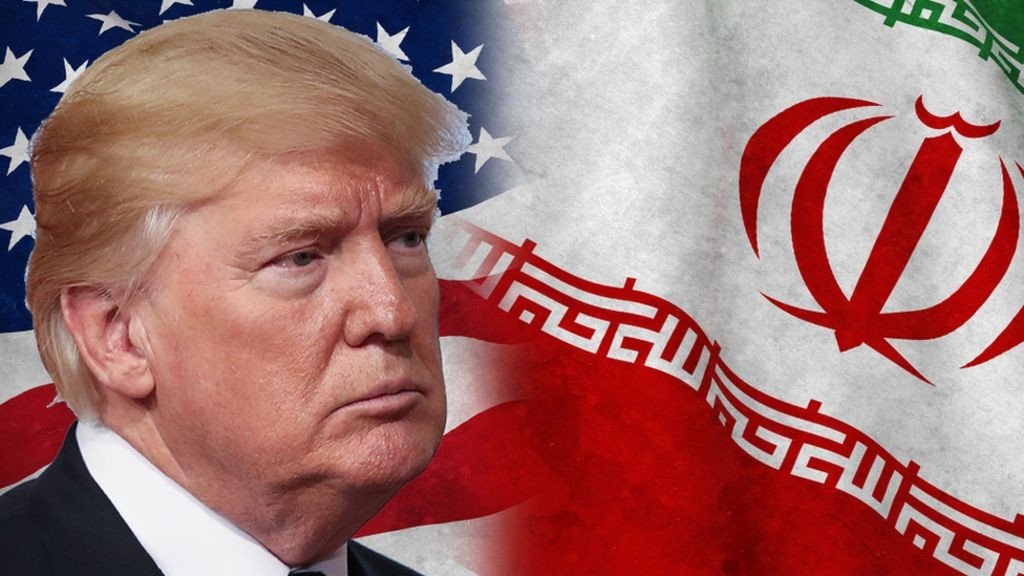The recent US B-2 bomber strikes on Iranian nuclear facilities have piqued the interest of analysts and military planners, with Chinese experts emphasising the indispensable need for strategic bombers.
When Israel struggled to decisively destroy Iran’s nuclear facilities and obliterate its nuclear program during the ’12-day conflict’, it turned to the United States. Reluctant at first, the US Air Force (USAF) eventually launched ‘Operation Midnight Hammer’ on June 21 (June 22 Iranian time) with its formidable stealth bomber: the B-2 Spirit.
About seven B-2 stealth bombers departed from Whiteman Air Force Base in Missouri. They took a transatlantic route across the Atlantic Ocean and the Mediterranean Sea, entering Iranian airspace from the west or southwest. The USAF bombers undertook a mission that lasted nearly 36 hours, making it the B-2’s longest since 2001.
The bombers dropped the heavy bunker buster GBU-57 Massive Ordnance Penetrator (MOP) on the chosen Iranian sites without any resistance. Following the bombardment, all the bombers returned to base without being intercepted.
The strikes have not only dominated headlines since then but have also shaped perceptions globally, including those in China.
China Needs Long-Range Strike Capability
Despite China’s advancements in long-range missiles and sixth-generation aircraft, observers claim that strategic bombers remain “irreplaceable” for the country’s military due to their utility in launching strikes anywhere in the world and establishing nuclear deterrence, according to Chinese military experts.

“A dedicated strategic bomber is irreplaceable, even in an era when other long‑range strike options exist, ”Song Zhongping, a military analyst and former People’s Liberation Army instructor, was quoted as saying in a SCMP report. “A strategic bomber can carry out both nuclear and conventional attacks. It is a vital weapon for any major military power, and one that cannot be sacrificed for another.”
He emphasized that whether a futuristic sixth-generation combat can take on that role will fully depend on its range.
As previously reported by EurAsian Times, China is currently test-flying two different sixth-generation aircraft prototypes, colloquially known as the J-36 and the J-50.
However, a sixth-generation fighter jet is unlikely to compensate for a bomber, unless its range surpasses that of a typical bomber, such as the B-2, which has a range exceeding 10,000 kilometres, allowing it to conduct intercontinental strikes.
Strategic bombers, as opposed to tactical bombers, fighter-bombers, and attack aircraft, are designed to fly deep into enemy territory and destroy strategic targets, such as major infrastructure, logistical facilities, military installations, and factories, with large payloads of air-to-ground weapons. Thus, a long-range strategic bomber could alter the military balance regionally and compel states to recalibrate their security strategies.
“That is the essence of a strategic weapon – the ability to operate across continents,” Song said. “The B‑2, B‑1B, and B‑52 all fulfil this role for the US. At present, China still lacks this long‑range strategic strike capability.”
Both the US (with its B-1, B-2, and B-52) and Russia (with its Tu-95 and Tu-160) possess a fleet of strategic bombers, which are a vital component of their nuclear triads and a tool for carrying out accurate long-range strikes. They provide a degree of deterrence and worldwide reach that even aircraft carriers find difficult to match, making them unique in this regard, as highlighted by the report.
The US has also developed the B-21 Raider, the sixth-generation strategic bomber that will eventually replace the formidable and combat-hardened B-2s.
China joined this elite group only in the 1960s when it licensed-produced the Soviet Tu-16, as the H-6. The bomber was eventually upgraded to enhance its combat range and payload capacity.
“The H‑6K and H‑6N were the first part of China’s dual-track approach, extending the range to roughly 8,000km and adding precision‑strike and nuclear capabilities, making the H‑6N China’s first true strategic bomber,” the report highlights.
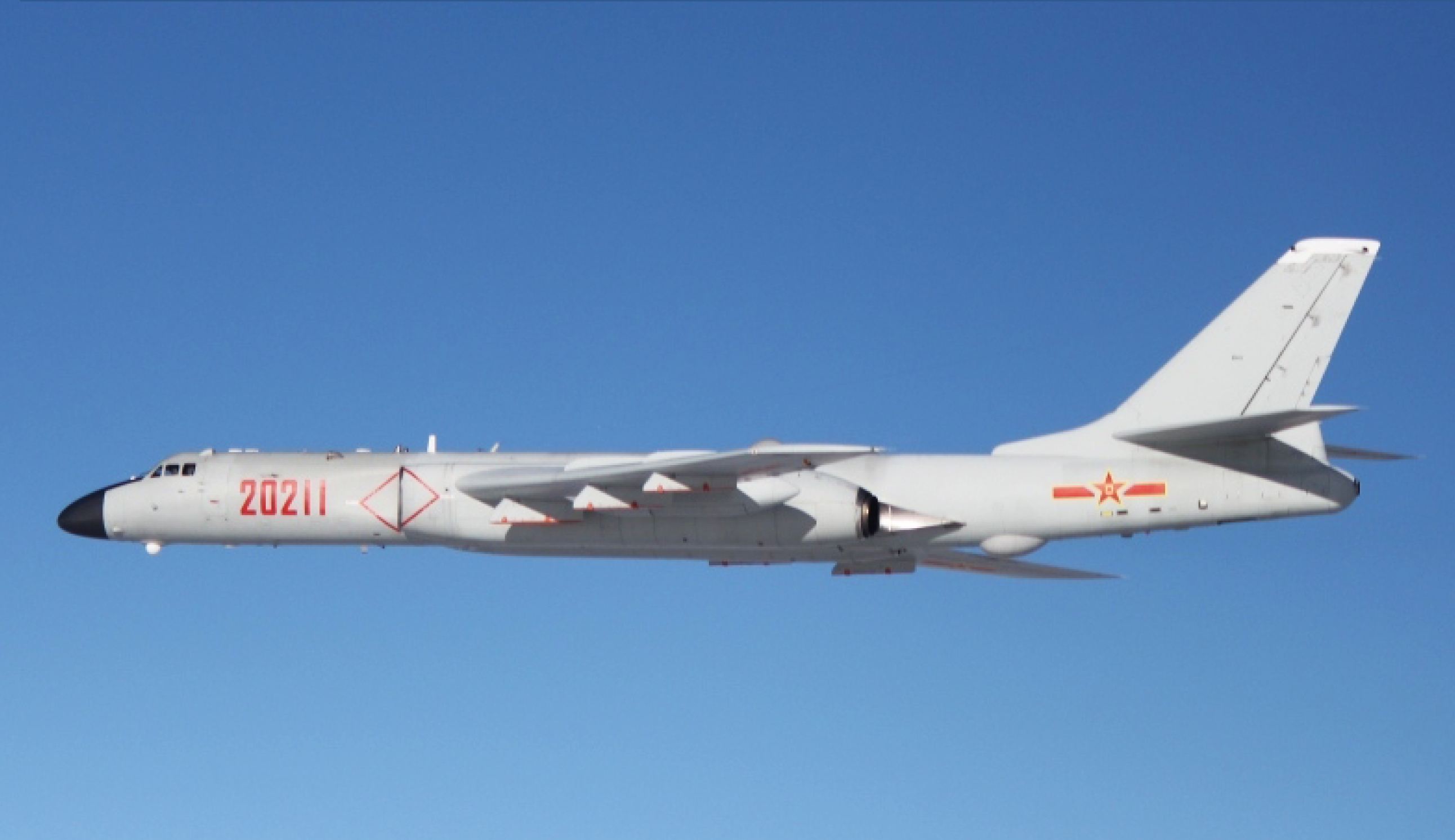
China’s bomber fleet currently includes the H-6K, which provides it with a long-range strike, stand-off attacks, and nuclear strike capability; the H-6N, which gives it a long-range strike with aerial refueling and air-launched ballistic missile (ALBM) capabilities; and the H-6J, which offers it a robust maritime strike capability. There are other variants of this class of bombers that also carry air-launched hypersonic weapons.
Nonetheless, Chinese bombers are largely outranged by US and even Russian bombers. Even with stand-off weapons and refuelling, the H-6 series struggles to match the reach of US and Russian strategic bombers. Beijing seeks to overcome this with its futuristic H-20 bomber that remains under development.
Chinese experts believe that the H-20 will close the gap in the PLA’s strategic bomber force, placing it on par with, and possibly even ahead of, Russia and the United States in certain ways.
According to Song, the B-21 is “essentially a scaled-down version of the outdated B-2,” with a payload of 15 to 18 tons and a range of only 8,000 to 10,000 kilometers. It has been dubbed the “least detectable aircraft” to date.
He claimed that although the B-21 used many of the B-2’s design features, “the H-20 benefits from more recent advances in stealth and aerospace engineering.” “This provides a later, and in many respects better, technological baseline for the Chinese stealth bomber.”
In fact, the US Department of Defense (DoD) admitted that China’s upcoming strategic stealth bomber will challenge the United States in the 2024 “Military and Security Developments Involving the People’s Republic of China” report.
“The PRC is developing a new generation of long-range bombers, likely named the H-20. The H-20, which may debut sometime in the next decade, will have a range of more than 10,000 km [nearly 6,214 miles], enabling the PLAAF to cover the Second Island Chain and into the western region of the Pacific,” the report stated. “The H-20 bomber’s range could be extended to cover the globe with aerial refueling. It is expected to employ conventional and nuclear weaponry and feature a stealthy design,” it added.

The recently concluded B-2 mission appears to have fueled more excitement and urgency to induct a long-range, nuclear-capable bomber in China, especially since Beijing seeks to expand its military influence beyond the Western Pacific.
Nonetheless, it is pertinent to note that while China is deeply infatuated with the idea of having a long-range strategic bomber, its neighbour across the border—India—remains indifferent at this point.
India Does Not Want A Strategic Bomber
India has flown bombers in the past, which were used for reconnaissance and bombing missions during the Sino-Indian War in 1962 and the Indo-Pakistani wars.
After these bombers retired, the Indian Air Force (IAF) opted to use multi-role fighters as conventional and strategic nuclear delivery platforms.
As previously reported by the EurAsian Times, in 2022, former Chief of the Air Force, Air Chief Marshal Arup Raha, disclosed that India was examining the possibility of acquiring the Russian Tupolev Tu-160.
With provocations by the Chinese PLA Air Force, the Indian Air Force might have felt the need to acquire strategic bombers – a symbol of deterrence that could come in handy against both nuclear-armed neighbors, China and Pakistan.
However, it appeared to have died down pretty quickly, even within the Indian strategic community

When EurAsian Times spoke to late Air Marshal PK Barbora (retd), he said: “The role of strategic bombers since World War II and the Cold War has been to cross continents and oceans. As a country, India does not have that kind of ambition. The tactical bombers and aircraft we have are sufficient to hit targets within enemy territory, with the capability for air-to-air refueling if required. With the crunch in finances, we need force multipliers, and in my opinion, these strategic bombers are not what we might need.”
According to Air Marshal Anil Khosla (retd), the acquisition of a bomber would certainly establish an additional tier of deterrence. However, the cost would be prohibitive.
“Despite the potential benefits, the Tu-160M’s high price tag poses significant budgetary implications. The need for specialized training, new infrastructure, and extensive maintenance compounds high acquisition costs. Given its size and operational demands, the IAF would have to consider adapting airbases and logistical support systems to operate and sustain such an aircraft.”
To maximize its operation, including the strategic bomber in IAF operations, would also necessitate large investments in mission planning tools and pilot training programs. Given that India’s air force has not traditionally deployed heavy bombers, training specialized aircrews and implementing new operational doctrines could also be challenging.
IAF experts believe that it would be far easier for India to rapidly expand its fighter jet inventory, with the acquisition of 114 multi-role fighters, as well as the swift development and induction of the fifth-generation Advanced Medium Combat Aircraft (AMCA).
